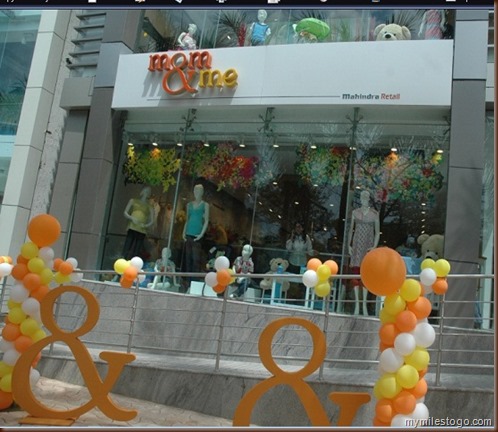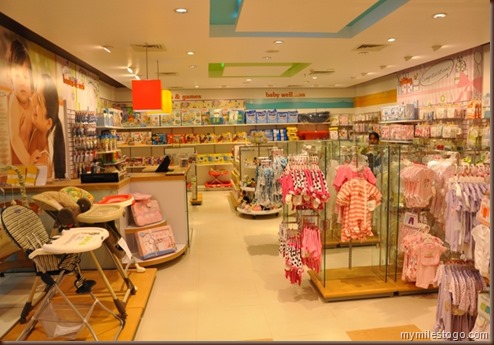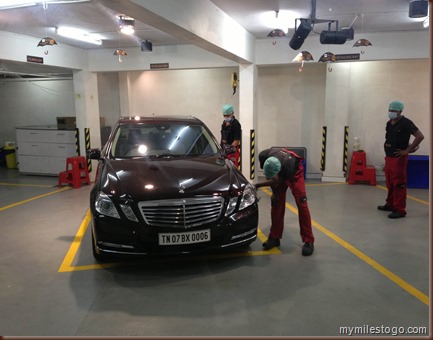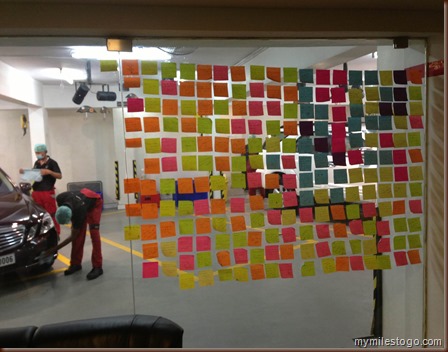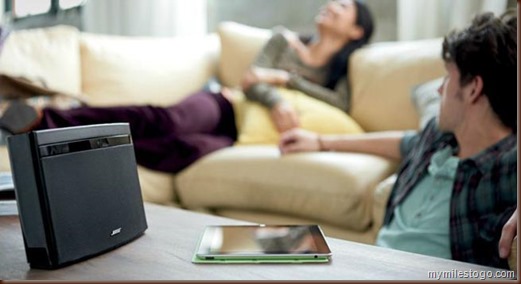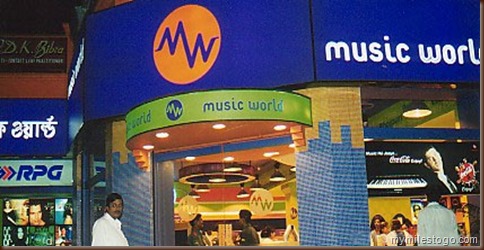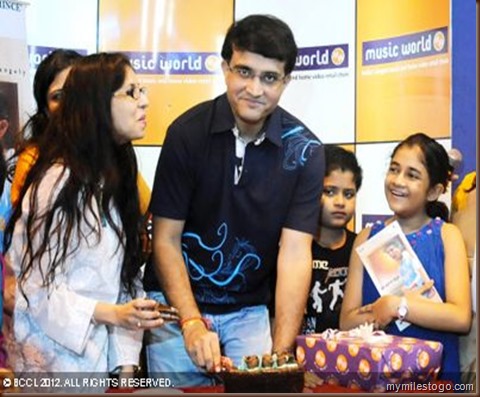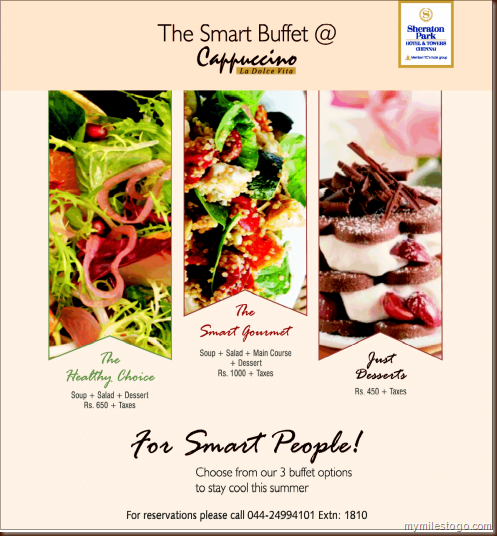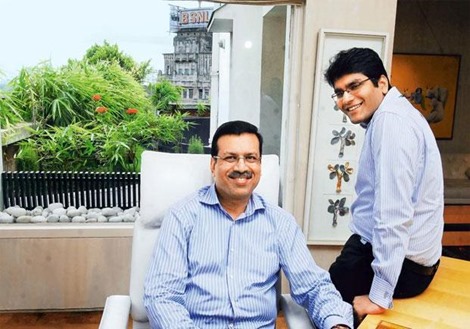I have admired the way Mahindra Retail has built a respectable business over the past few years, ever since the launch of “Mom & Me” Stores in 2009 which sell mothercare and babycare products. In a short period of time, the company had built a massive network of 115 stores ( as on this date) spread over 10,000 – 15000 sft. primarily at residential locations in metros and mini-metro cities. The Brand has earned the respect and spending of thousands of customers for their friendly staff, wide assortment and excellent service at their stores. The market size for this category is about INR 40,000 crores and the organized segment accounts for less than 5% with small mom-and-pop stores taking away most of the business. Apart from Mom & Me, there is no other respectable national chain of repute in India other than Mothercare, which is operated in India by Shoppers Stop and kids wear sections of reputed Retail Brands such as United Colors of Benetton, Tommy Hilfiger, Zara, to name a few. Therefore, they had a massive opportunity to quickly garner market share within the organized space. Just when things were going good, they launched a new division in the name and style of “Beanstalk” which focused on Toys, Puzzles, Games, etc. While many of the Beanstalk showrooms were part of the Mom & Me stores or located adjacent to them, many were standalone locations in pitiable environments. While Hamleys caters to the upper end of this market, Beanstalk tried to bridge the gap competing with the neighbourhood stores.
Although scaling up evens out Fixed costs in the Retail business in the long term, it also proves to be a massive cost burden in the short-medium term. I guess, that’s exactly what happened to Mahindra Retail. Their swanky office in South Bangalore is spread over three floors, houses hundreds of employees and over a dozen senior recruits – from merchandising to operations to marketing and business development. While there were plans to reach a billion dollars in sales, the company could manage not more than 20% of that figure in the fourth year of its operation and was losing over INR 50 Crores every year. Obviously, the plot was lost somewhere and half a dozen senior guys moved out of the company over the past few months. The company also plans to shut atleast 10 stores in the near short term which are making heavy loses. As reported in The Mint newspaper, Mahindra Retail declined to comment on the specifics of the store closures but chief executive K. Venkataraman said in an emailed statement, “Retail Industry is cutting costs as a rule everywhere, and Mahindra Retail too does where we deem fit. Closure of non-performing stores, and some churn in management are unavoidable realities of the business, much as new stores and new management replace the lost ones.”
The biggest bane of Retailing in India is the Real Estate and Manpower costs which is what plaguing most of the Retailers. Ideally, the Rent to Sales ratio should be not more than 15-18% in the second year of operation but that is not to be. Manpower costs are enormous in the beginning of the business as most Retail companies believe in showing off a massive strength of show in its teams. I am aware of so many case studies from the west where frugal HR costs are the norm. But in India, we have cultivated a culture of large teams, each level overseeing the other and hence so many layers and levels. While Mom & Me is essentially present only on High Streets, a very smart strategy I would say (to keep Maintenance and allied costs lower which are a big takeaway in Malls and Shopping Centres), the unrealistic High Street Rentals are not helping Retailers much.
Mom & Me is not just a retail store – it has already cultivated a calibrated relationship with its customers during its short tenure and I am sure the company would tide over the current circumstances quite well. The challenge is whether to expand further to leverage fixed costs or to build efficiency with the current set-up. Would make for a great case study in years to come.
